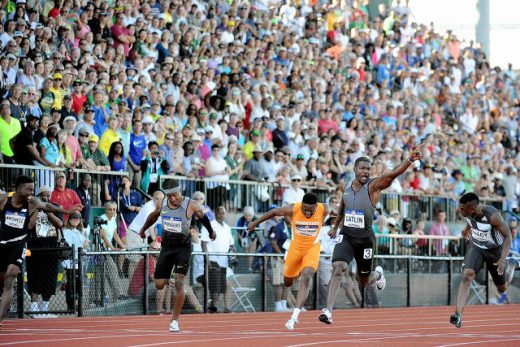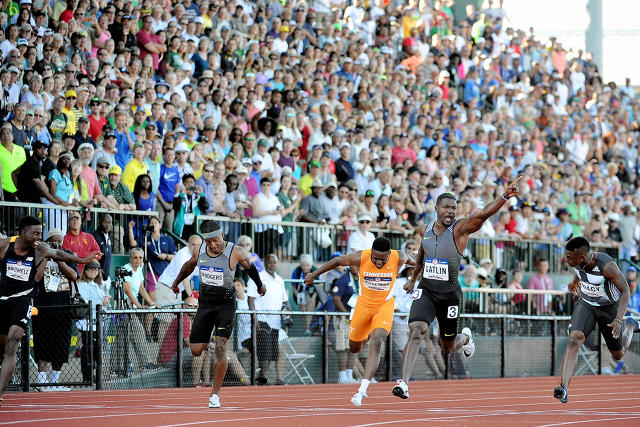Leadership Lessons From The Man Who Runs The U.S. Olympic Track Team
At this moment, 129 American track and field athletes are settling into their living quarters in Rio de Janeiro as part of the 555-person strong Team U.S.A. They are getting acclimated to the weather and training daily, using every last minute to prepare physically and mentally for one of the most important events of their lives. But behind the scenes, Max Siegel has been planning this moment for years.
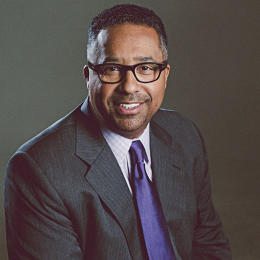
Siegel is the CEO of U.S.A. Track and Field (USATF), the governing body for runners in the U.S. The nonprofit organization serves 41 million people who love to run—from amateurs to professionals—providing them with opportunities to compete in marathons and races. Siegel has been instrumental in helping the organization take on a more entrepreneurial outlook, building the sport into a brand and helping lock down sponsorship deals. On top of that, Siegel must also help discover the nation’s Olympians and give them the support that they need to thrive at the Games.
The final list of qualifying athletes is decided right before the Olympics begin. These individuals represent a wide range of disciplines, including marathon runners, sprinters, high jumpers, pole vaulters, shot-putters, and more. “There’s literally a month between the time that people qualify and we go to the Games,” Siegel says. “The very last race in our Olympic trials ends, and they go directly to Olympic training camp.”
Once the team is selected, Siegel and his staff spin into action, managing the elaborate logistics of bringing the team to the host country. Though Siegel’s tips for leading a group of runners to success might seem specific to the sports world’s greatest show on earth, we think they can be useful to any professionals who manage projects that are short but intense, with many moving parts (think organizing a conference or overseeing a quarterly earnings report).
Always Look For Talent
While the Olympic Games happen once every four years, Siegel says his team is constantly preparing for it. Finding the highest-caliber athletes for the Games means being on the lookout for elite runners, recruiting them, and preparing them to compete in the Olympic trials when the time comes. This means tracking students as young as middle- and high-school age who show serious promise. “There’s a pretty robust and thorough analysis of the talent,” he says, explaining that he has experts on staff who are single-handedly focused on assessing every aspect of an athlete’s capabilities.
Siegel says that USATF is extremely judicious about only reaching out to people they really believe will have a successful career in sports because of the sacrifices demanded. Teens may postpone higher education, and those who do go to college will struggle to balance their studies and the rigors of training. Of course, not all athletes are young. The U.S. is sending runners in their forties to Rio, including Bernard Lagat, who qualified for his fifth Olympics at the age of 41. These more seasoned athletes also have to give things up, including time at their jobs or with their families.

Equip Your Team
Once the team is chosen, Siegel needs to make sure that they have every resource at their disposal to succeed. Since the team comes together right before the Olympic Games, USATF must equip itself in advance with tools. “When they matriculate into our program, we give them support,” he says. “This means coaching, training, medical attention, and biomechanical sports-science help.”
But tools aren’t just physical. To prepare teams to go overseas for events, USATF also helps with language and cultural training. Since the athletes will be ambassadors for their country, it is important that they understand the nuances of local culture. This is particularly useful to athletes who are young or not particularly well-traveled.
Since Olympic athletes are not paid by the International Olympic Committee to appear at the games, they need to generate their own funds to attend. Many runners rely on prize money from other races or seek out sponsorship or endorsement deals. In his time as CEO, Siegel has made it a priority to make USAFT more attractive to companies. “It’s been about creating a brand that’s connected to the idea of excellence,” he says. “This has allowed us to partner with best-in-class companies like Visa, Rosetta Stone, and Hershey.”
Nike has always been one of the USATF’s biggest sponsors. But over the last five years, Siegel has helped negotiate a contract with the brand that has been called one of the most lucrative deals in Olympic history: It ensures that every qualifying athlete will receive a sum of money. (He declined to tell me exactly how much.) “Athletes that make our World Championship or Olympic teams get pretty significant compensation,” Siegel says. In return, Nike will outfit Team U.S.A. for the Olympic Games.
In addition to snagging funds for individual athletes, Siegel also pushed through a separate contract for USATF with Nike that’s worth a reported $500 million and will be in effect from 2017 to 2040. This has improved his organization’s ability to support its entire constituency of runners.
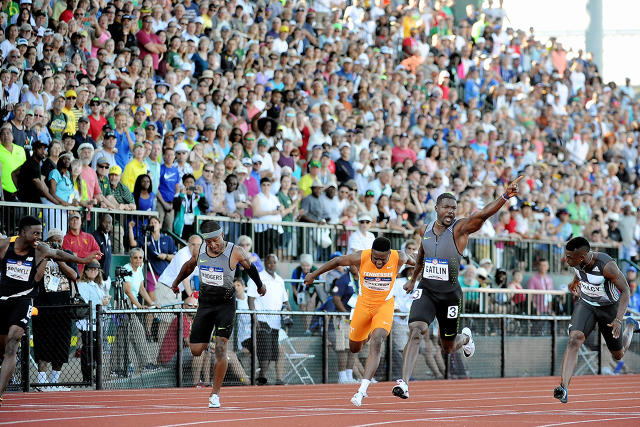
On Game Day, Eliminate Distractions
Finally, the team heads to the Olympics. Once on site, the USATF’s main goal is to ensure that athletes focus on their event. This means cutting out any possible worry or distraction.
One of the competitors’ biggest sources of concern is their families. While spouses, parents, and siblings often come to show their support and participate in the historic moment, Olympians can lose focus by imagining what their loved ones might be up to, or worrying that they might not be enjoying themselves. So in 2012, Siegel launched a new program in which one group of USATF staff is entirely devoted to making sure families are comfortable and occupied. Staff members take these relatives sightseeing, for instance, and shuttle them to events.”The athletes have grandma and grandpa there, whom they love,” Siegel explains. “They’re worried about them and whether they will be able to get from point A to point B. They feel an emotional obligation to them.”
Siegel has also had to manage some of the crises surrounding the Rio Games, including the Zika virus. His strategy has been to keep all the athletes informed of the latest health information from the World Health Organization and National Institutes of Health. “We don’t want them to be distracted by the media,” he says.
Use The Momentum To Keep Moving Forward
Because the USATF’s Olympic team comes together so late, the organization doesn’t have much time to promote them before the Games begin and get the public excited about them like they are for, say, swimmers and gymnasts. New elite runners come to the world’s attention as their events unfold, so Siegel’s responsibility is to keep enthusiasm (and sponsorship interest) high after the Games. “Stars are born, and you need to ride that momentum afterwards,” he says.
Over the course of the Games, Siegel and his staff familiarize themselves with the athletes’ personal stories so they can keep these narratives alive when they return to the U.S. The USATF pitches these individuals hard to television, social media, newspapers, and magazines. “They might have a unique backstory or an interesting way that they train,” he says. “We don’t want to waste the moment.”
[Photos: Errol Anderson, courtesy of U.S.A. Track and Field]
Gil Roberts (left)

Ashton Eaton
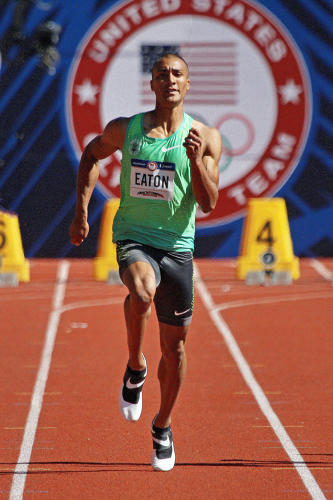
Allyson Felix
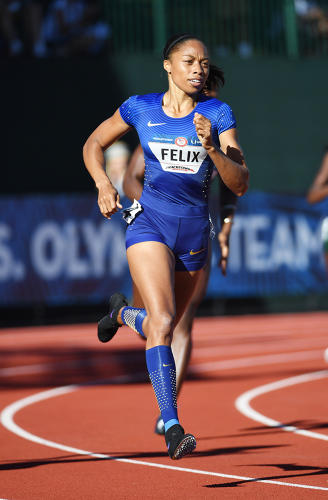
Phyllis Francis
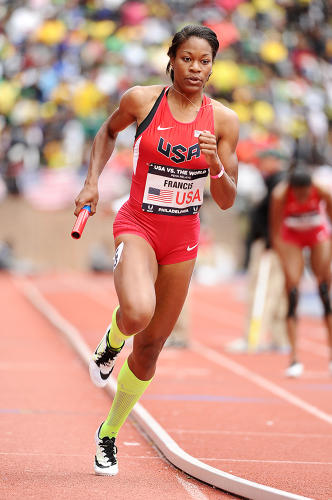
Evan Jager
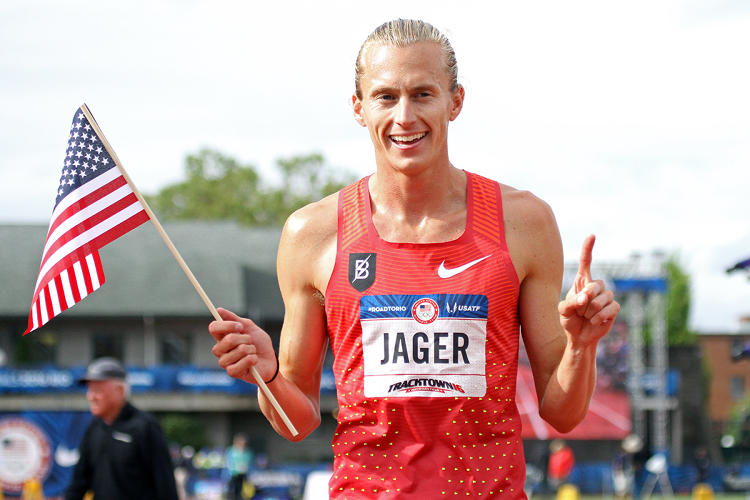
Brittney Reese
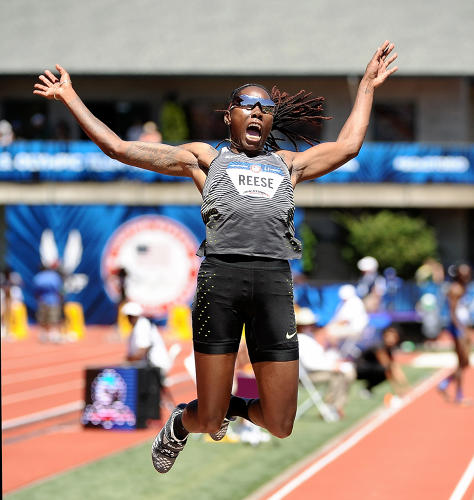
Mike Rodgers

Fast Company , Read Full Story
(39)

